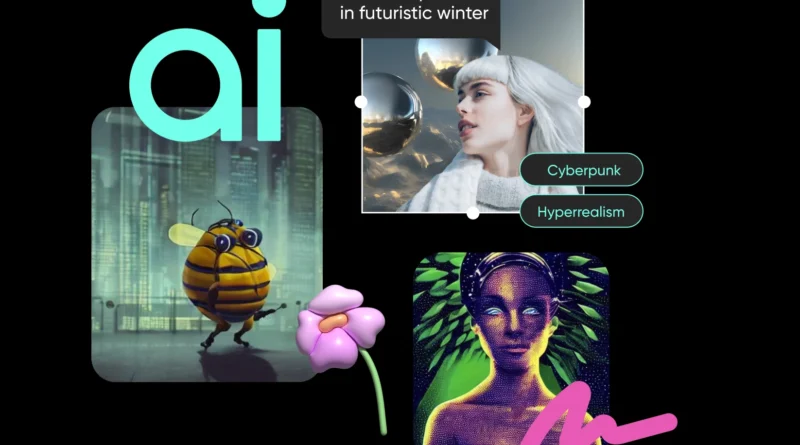Revolutionizing Image Editing with AI
Introduction to AI in Image Editing:
Image Editing In the realm of digital content creation, the integration of artificial intelligence (AI) has brought about a paradigm shift, particularly in the field of image editing. AI, with its ability to mimic human cognitive functions, has revolutionized the way images are processed, manipulated, and enhanced. Traditional image editing methods, while effective, often require manual intervention and expertise. However, with AI, tasks that once demanded extensive time and skill can now be automated, allowing for faster turnaround times and greater creative freedom.
Evolution of Image Editing with AI:
The evolution of image editing with AI has been remarkable. From basic algorithms to sophisticated neural networks, AI has enabled software to understand and interpret visual data with unprecedented accuracy. This advancement has paved the way for a new generation of image editing tools that leverage machine learning and deep learning techniques to analyze and manipulate images in ways previously thought impossible. As a result, users can now achieve professional-grade results with minimal effort.
Features of AI-Powered Image Editing Tools:
AI-powered image editing tools offer a wide range of features and functionalities that cater to the diverse needs of users. Automatic background removal, for example, allows for seamless extraction of subjects from their surroundings, making it easier to composite images. Object detection and recognition enable software to identify and label elements within an image, facilitating precise editing. Style transfer algorithms allow users to apply artistic effects and filters to their photos, transforming mundane images into works of art. Additionally, facial recognition and retouching tools offer intuitive solutions for enhancing portraits and selfies.
Challenges and Limitations:
Despite its transformative potential, AI image editing is not without its challenges and limitations. Ethical considerations, such as the potential misuse of AI-generated content and the perpetuation of harmful stereotypes, must be addressed. Moreover, over-reliance on AI algorithms can stifle creativity and limit human input. Data privacy concerns also loom large, as the collection and analysis of vast amounts of visual data raises questions about consent and security. Additionally, technical limitations, such as algorithmic biases and errors, pose significant obstacles to the widespread adoption of AI image editing technology.
Future Trends :
Looking ahead, the future of AI image editing is brimming with possibilities. The integration of AI with augmented reality promises to deliver immersive and interactive editing experiences, blurring the line between the virtual and physical worlds. Real-time editing capabilities will enable users to make instant adjustments to their images, enhancing efficiency and productivity. Personalized image editing experiences, tailored to the unique preferences and styles of individual users, will become increasingly common. Furthermore, continued refinement of AI algorithms will lead to more sophisticated and nuanced editing techniques, pushing the boundaries of what is possible in visual storytelling.
Case Studies: Successful Implementations:
Numerous case studies illustrate the successful implementation of AI image editing technology across various industries. In the field of fashion photography, for example, AI-powered tools have been instrumental in streamlining the editing process and enhancing the visual appeal of images. E-commerce platforms have seen a significant increase in conversion rates and sales revenue as a result of AI-driven product visualization. Advertising agencies have leveraged AI-generated content to create targeted and engaging campaigns that resonate with consumers. User testimonials and feedback highlight the transformative impact of AI image editing on productivity, creativity, and overall workflow efficiency.
Conclusion:
In conclusion, the revolutionization of image editing with AI represents a watershed moment in the world of digital content creation. By harnessing the power of artificial intelligence, users can achieve professional-grade results with minimal effort and time investment. From automatic background removal to personalized style transfer, AI-powered tools offer a wealth of features and functionalities that cater to the diverse needs of users across industries. While challenges and limitations remain, the future of AI image editing is bright, with continued innovation and refinement paving the way for new possibilities and opportunities.
Explore The AI Tools Here: AI Tools
Read More Articles About AI Here: Sprout Write





Pingback: The In-Depth Exploration of AI Video Editing Tools - Spruot write